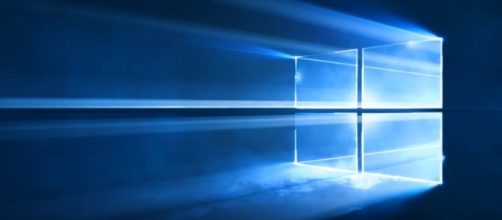Microsoft recently announced that it acquired Cycle Computing Company. It is a company that provides software for organizing, computing, and storage resources in cloud environments. Cycle Computing is a twelve-year-old company that is based in Greenwich, Connecticut. It also specializes in running complex high-performance computing workloads.
Why did Microsoft acquire Cycle Computing?
According to a report from TechCrunch, Microsoft acquired Cycle Computing to ensure that more of the supercomputing job companies will still choose Microsoft’s Azure public cloud.
Microsoft does not want to lose the competition between other public clouds, such as Amazon Web Services and Google Cloud Platform. Amazon Web Services is the market-leading public cloud, for now, and Microsoft is expecting to beat Amazon in the near future.
Cycle Computing was an early partner of Amazon Web Services and Google Cloud. After being acquired, Cycle Computing customers will now be asked to move to Microsoft's cloud. Cycle gained nationwide attention in 2012, when its technology transformed Amazon's Web Services.
Microsoft Windows 10 high-end edition for power users
In other news, Microsoft is expected to launch a new version of Windows 10 designed specifically for high-end Workstation PC users.
According to Forbes, the Workstation edition will feature ReFS, Persistent Memory, SMB Direct, and supports up to four AMD Opteron and Intel Xeon CPUs. The ReFS can handle large hard drives, and it has some important features for power users.
The Persistent Memory technology is quite similar to Intel's Optane operation. But Intel's Optane is not a Random Access Memory replacement. Persistent Memory uses NVDIMM-N, and it operates at high speed. The SMB Direct on the other hand gives extremely high networking speeds, and it also reduces the load on the central processing unit. The SMB Direct can process large volumes of data from the network device. This new technology will be a great use for those who are using high-end workstations.
Microsoft will also be updating its USB diagnostics. The updated “USB View” tool will give a full view of the system's USB hubs, peripherals, and controllers. Users can click on the plus sign to view The hubs and controllers. Clicking the plus sign will expand to show the item properties such as the power switching status, number of ports, or whether the hub is bus powered and many more.


